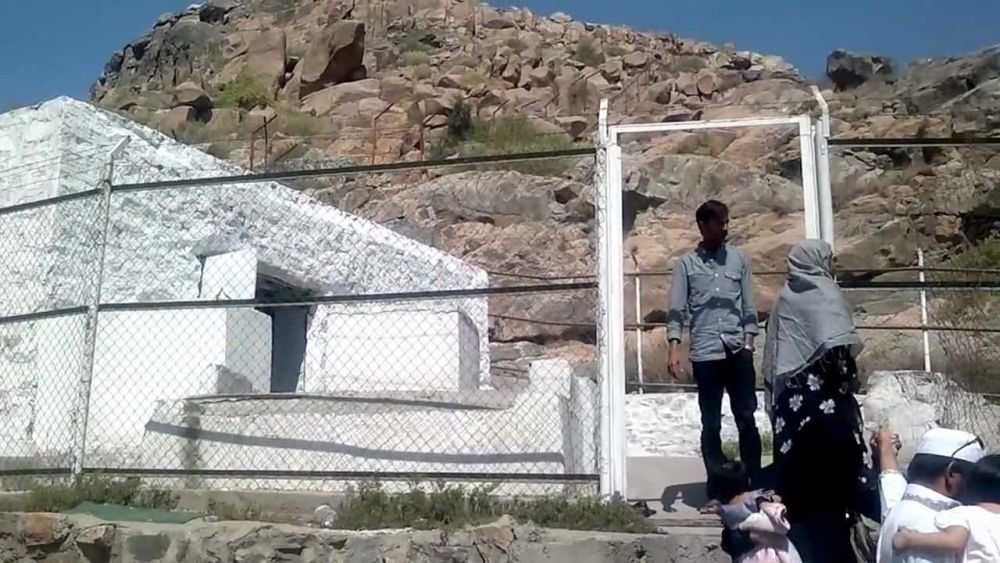

In the heart of the mountainous region of the western part of Saudi Arabia lies a beautifully secluded valley, Wadi Mitna, nestled near the city of Taif. This destination, rich in natural beauty and historical significance, has been a cornerstone in the framework of Saudi Arabian tourism, though it has often maintained a low profile compared to mainstream attractions.
Taif itself has been a city of refuge and pleasure for centuries, often serving as the summer capital due to its cooler temperatures and scenic landscapes. The city's tourism history is deeply intertwined with its status as a sanctuary for the region's elite and its reputation for producing fragrant roses and delicious fruits.
Wadi Mitna's importance in tourism is tied to its historical significance and its connection to Prophet Muhammad (PBUH). It was in this valley that the prophet was said to have taken refuge in 619 CE during a time of peril. The site of his refuge, a small cave, has since been a point of intrigue and spiritual significance for visitors.
Throughout the years, local tourism was mainly driven by religious and domestic visitors seeking to connect with the historic and natural aspects of Wadi Mitna. As the Saudi Arabian government commenced its Vision 2030 plan, more efforts have been directed towards internationalizing the tourism potential of less-known gems like Wadi Mitna.
In recent years, there has been a significant push to diversify tourism in Saudi Arabia, with an emphasis on developing sustainable and cultural tourism. As a part of this initiative, sites such as Wadi Mitna are becoming more accessible and promoted to international tourists. The latest trend is a combination of ecotourism, with visitors engaging in hiking and nature exploration, and cultural tourism, where the essence of local traditions, history, and religion is being showcased.
The government and local tourism companies are working to create experiences that encapsulate the tranquility and historical wealth of Wadi Mitna, while also ensuring that the natural environment remains protected. This approach reflects the current global trend towards responsible and enriching travel experiences.
The Saudi Arabian government's Vision 2030 program has placed significant emphasis on tourism as a crucial economic sector. The future for destinations like Wadi Mitna includes better infrastructure, enhanced conservation efforts, and an increased promotion. The aim is to attract diverse groups of travelers looking for unique experiences that combine adventure, spirituality, and authenticity.
As more of the world discovers Wadi Mitna, the challenge will remain to balance growth with sustainability, ensuring that this ancient valley continues to be a source of wonder for generations to come. Visitors can look forward to a rich blend of historical exploration and nature-based activities as Wadi Mitna's tourism landscape continues to evolve.